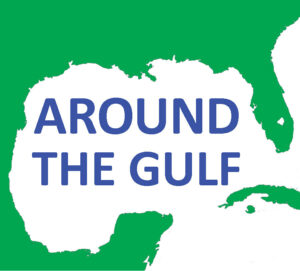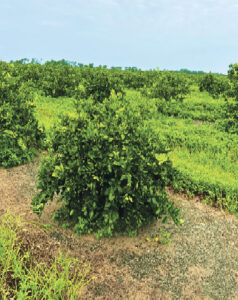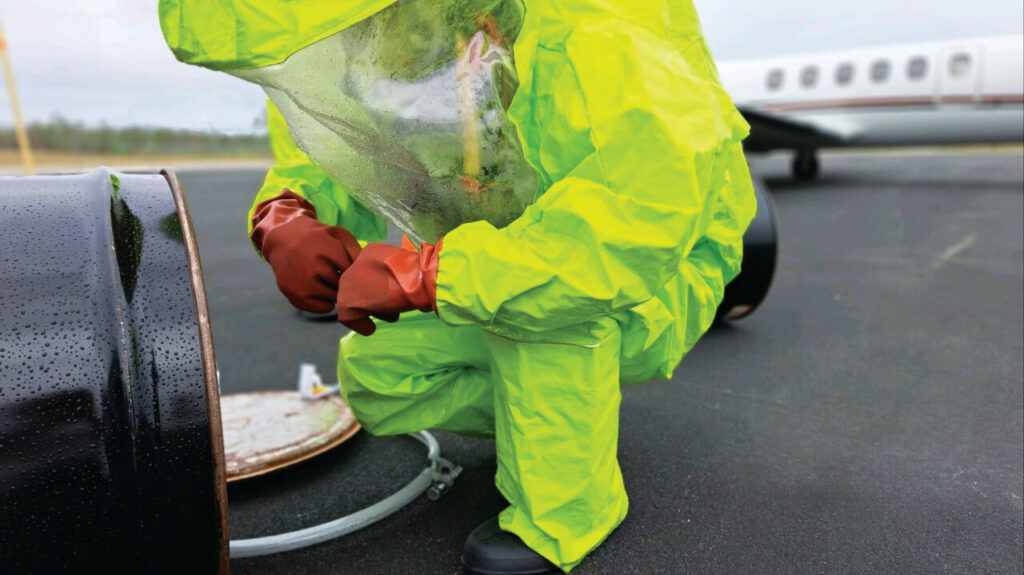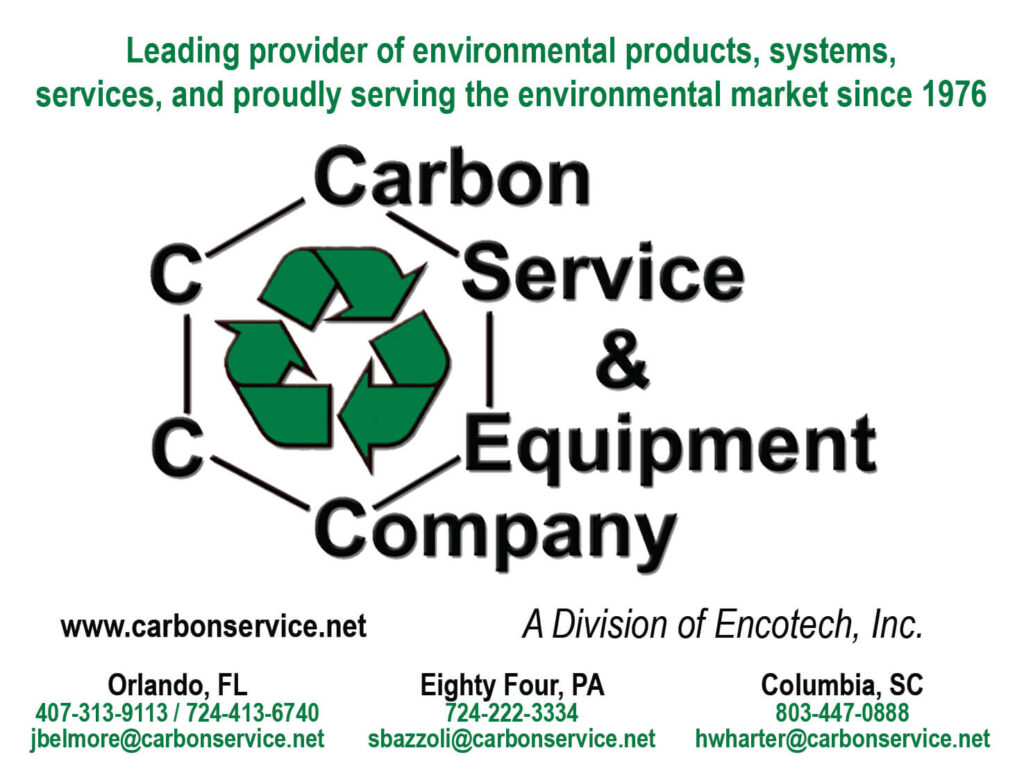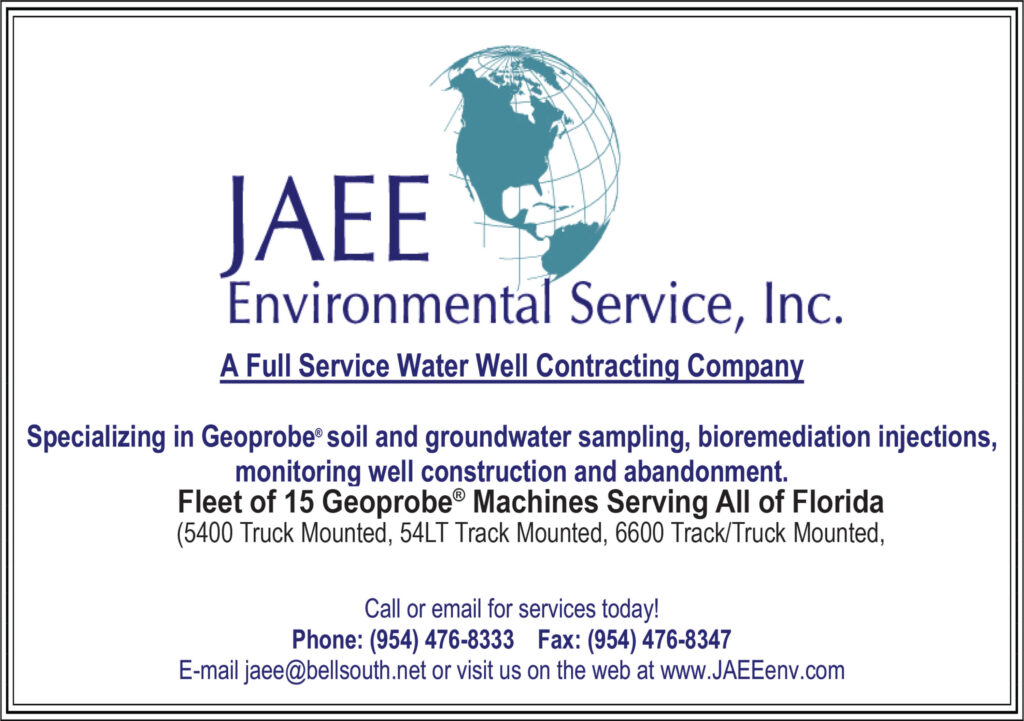By ADAM TANK,
Chief Customer Officer,
Transcend Software
Water is the most important thing most people never think about.
We just witnessed the end of a radical decade in digital transformation.
Rapid advances in ‘buzzword’ technologies like artificial intelligence, machine learning, internet of things (IOT), and cloud computing have changed how every major global industry does business.
Water, although lagging by most tech standards, is no exception. There’s an endless supply of opportunities to attend conferences, workshops, and forums focused on the digital transformation of water — and if you’ve been around long enough in the industry you’ve undoubtedly heard terms like “Digital Twin”, “Smart Water”, “Smart Metering”, “Next-Gen SCADA”… and the list goes on.
But . . . everyone writes about that stuff.
A predictions article focused solely on tech advances in the water sector would be boring because they a.) are inevitable and b.) don’t afford the opportunity for me to be wildly incorrect . . . and for you to laugh at me in 10 years the future when I’m completely wrong.
Instead I’ve focused on a variety of topics in the water industry and split the predictions up into three categories of ‘likelihood of happening’ by 2030. We’ll start with the ‘wild stuff’ and end with those almost certain to happen.
‘The Wild Stuff’
Water utilities start marketing and selling packaged drinking water.
This one is bound to raise some eyebrows with my industry peers, but stick with me.
Bottled water sales are at an all-time high.
At the same time, trust in public water utilities and water quality is at an all-time low.
There are many reasons why public drinking water utilities could have an edge on bottled water companies:
- They are closer to the center of the population they serve than many
of the bottled water manufacturers, which would significantly decrease
shipping and transportation costs and allow them to undercut prices of
bottled water. - They already have a relationship with the end consumer and could
integrate marketing and billing with existing ERP systems. - They provide just as safe, if not safer, drinking water so quality
wouldn’t be a concern. - They could also get crafty with their marketing and focus on selling
boxed water to limit single use plastics, sell 5 gallon recyclable/refillable
or stainless steel drums, or even set up premium experience brick and
mortar shops at drinking water facilities – which would also give them the
opportunity to educate the public on the hard work they do to deliver
water 24/7, 365.
Cash-strapped utilities facing monster infrastructure repair costs have few places to turn to generate enough funds to pay for necessary improvements. Short of increasing water bills to astronomical levels (which very well may happen), utilities will have to consider alternative methods of financing their services.
Bottled water prices command a 4,000% premium over tap water and are often bottled from, or near, the exact same source as tap water. If utilities doing business as usual can’t work with bottled water companies, could they compete and beat them at their own game?
If you can’t beat ‘em, join ‘em
Salt water aquaponics/hydroponics makes a significant dent in decreasing freshwater consumption for land-based agriculture.
I attended a North American water conference where a keynote left all in attendance speechless. The presenter, Dennis Bushnell, was a NASA scientist and futurist who claimed that everyone in the water industry was looking at the freshwater crisis in the wrong light.
The concept he presented, backed by loads of research and data, was that the water ‘crisis’ is a farce — there is more than enough water to take care of humanity . . . we’re just using the wrong type of water.
About 70% of all freshwater usage in the world goes to agriculture. The speaker instead argued for extensive use of saltwater for agriculture — arguing that the bulk of our protein, energy, and survival requirements can be met with fish, algae, sea vegetables, and any number of ocean-based and salt loving life forms.
This could be accomplished by pumping saltwater inland in coastal regions to decrease the freshwater usage in agriculture.
If that wasn’t enough, he claimed the saltwater farms would further benefit society and create more freshwater from evaporation and condensation processes – bringing rain to traditionally arid regions.
“Should we even worry about freshwater scarcity when we have an abundance of saltwater that can meet societal food needs?”
Atmospheric water generation goes big
There have been a number of startups, Zero Mass Water, Infinite Water, and Water Harvesting, Inc. just to name a few, who in recent years have made big news for pulling water out of air. Think about them as massive dehumidifiers in the desert.
The technologies and applications vary but the basic premise is the same — air has moisture that can be extracted for tremendous benefits to end-users, primarily those in environments where water comes at a premium (deserts).
However, a lack of viable business models coupled with tumultuous hardware cycles has left many investors and consumers high and dry [pun intended]. As these technologies mature and the price of water continues to rise, expect water-from-air extraction companies to become more viable, but perhaps not before 2030.
Moderately Likely – “I Won’t be Surprised If…”
Water utilities significantly increase social media and PR efforts
Most water utilities are monopolies with virtually zero competition (most people won’t dig a well or rely entirely on bottled water/rainwater), so, among other things, water utilities can get away with what most business can’t , they don’t have to be good at customer support.
Water utilities are notoriously bad at communicating the value of their efforts to the public. The heroic efforts of many industry professionals are often unnoticed and under-appreciated. Despite providing clean water nearly 24/7 to the bulk of the U.S. population, customers are shocked and upset when a water main breaks, rates increase, or a boil advisory is issued.
Many industry leaders believe the way to win over the public is in the streets – literally, by repairing and replacing broken infrastructure. Although that will likely help decrease water main breaks and water quality concerns, that’s not where the real war is won.
“The war for the mind and trust of the customer isn’t in pipes — it’s in perceptions.”
The real war is won online and through multi-channel marketing and communications efforts. If the industry doesn’t tell our story, somebody else will. And who knows what that ‘somebody’ might say.
Fortunately, we have many leaders taking initiative to help share our story. Niche PR/communications companies, such as Rogue Water, focus solely on the water sector. Travis Loop at the Water Environment Federation has recorded scores of podcasts with many industry leaders. Engineering firms have spun up communications consulting divisions from the help of former utility professionals like Trina McGuire-Collier.
And we can’t forget individuals like Walid Khoury becoming a LinkedIn influencer, or Jim Lauria posting a water quote-a-day. Paul O’Callaghan and a number of great partners aired a ‘blue carpet’ documentary in Hollywood late this year on the importance of water stewardship around the world — Brave Blue World.
Distributed water infrastructure and decentralized treatment solutions become more broadly accepted
Rapid urbanization of cities around the world and increasing construction costs will no longer support the land hogging, energy-inefficient water infrastructure solutions of years past. Even more, cities cannot afford to build and maintain large networks of underground piping to collect and distribute water and wastewater.
As a peek into the future, companies like Organica are doing some really cool work building botanical gardens that treat wastewater right in the heart of some of the world’s biggest cities.
Cities around the world are beginning to realize the benefits of decentralizing water and wastewater infrastructure – for a fantastic overview take a look at Lynn Broaddus’ report https://broadviewcollaborative.com/distributed-water-infrastructure-report/.
While the market adoption for these types of technologies is still nascent, the future looks bright for companies that can out-engineer and outsell their tried and true competitors.
Highly Likely — “I’ll bet you a dollar that…”
Emerging compounds continue to see increasing airtime as a dangerous water contaminants . . . until they don’t.
Poly and perfluoroalkyl substances, or PFAS, as well as micro plastics, rapidly are making their way into the mainstream conversation on water quality. According to some sources these substances can be found practically everywhere — even being found in bottled water (FYI — bottled water isn’t always a safe alternative to tap water).
I anticipate a frenzy over PFAS in the next few years . . . but as regulations, treatment technologies, and media-hype cycles change, PFAS no longer will be discussed and something else will undoubtedly take its place (insert furor over Benzene, Pharmaceuticals, and even Chlorination).
Increased packaged water sales – bottles, cans, glasses, boxes . . .
As of 2017, bottled water was the No. 1 beverage in the U.S. by volume.
About 70% is packaged in single use plastic which has been a hot button topic for many in the water and sustainability industries. Although there are signs that growth may be slowing, we as an industry shouldn’t be comfortable knowing the public continues to see bottled water as a ‘go-to’ source for their drinking needs.
We should push the benefits of tap water.
Under and over abundances of water around the world become more pronounced
One quarter of the world’s population faces extremely high levels of water stress. Mega cities, such as Chennai in India, rapidly approach ‘day zero’ — the day the taps would run completely dry — just as devastating, floods occur almost simultaneously. Cape Town, South Africa Throttled Water Usage and with a little help from nature narrowly averted Day Zero disaster in 2018. Water scarcity has become a top-of-mind issue.
Even here in the U.S., the great flood of 2019 wreaked havoc on farms, highways, and homes across many parts of where I live in the Midwest. It was eerie to drive north on I-29 from Kansas City. I felt like I was in the Florida Keys with water on both sides of the highway as far as the eye could see.
Whether it’s due to climate change, population growth, geographic differences, or the media, we will hear about droughts and flooding much more than we ever have before.
Increased recruitment & retention of a diverse workforce
One of the biggest ongoing concerns in water is the age and lack of diversity of the workforce. As noted in Brookings Institute Research, and despite wages consistently exceeding national averages, only about 10% of workers in water are younger than age 24.
“Water workers tend to be older and lack gender and racial diversity in certain occupations, pointing to the need for younger, more diverse talent.”
Utilities and companies have taken note and ramped up efforts to attract and retain the next generation of talent. Leaders from non-traditional backgrounds like Ifetayo Venner are making their mark in the sector, as are individuals like Melissa Meeker with The Water Tower and Mary Conley Eggert with Global Water Works.●

Adam Tank is fortunate to work in an industry he loves. He wakes up and works on ways to help secure the future of clean, accessible water for millions of people around the world. Contact Adam at ATank@transcendinfra.com.











